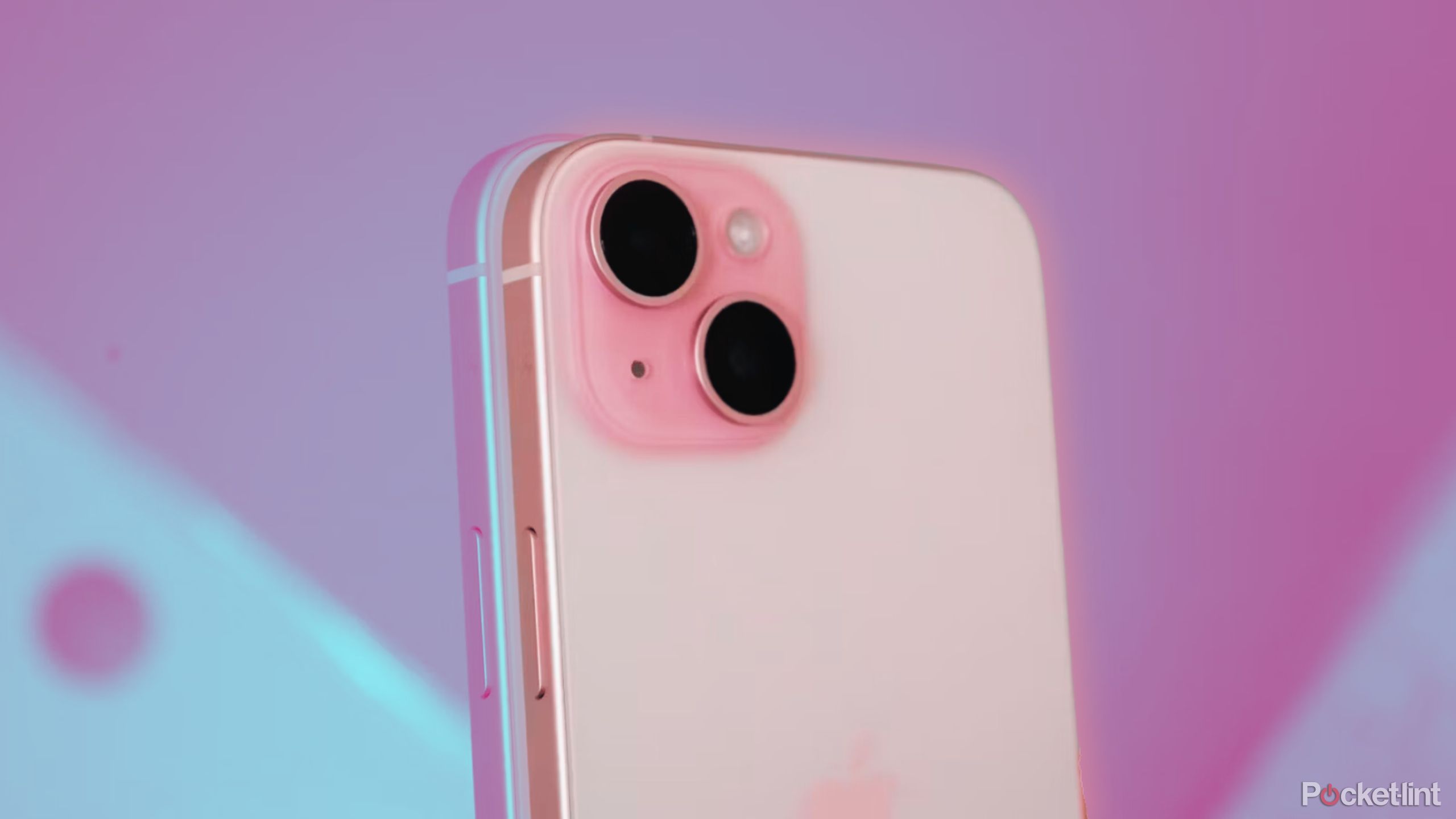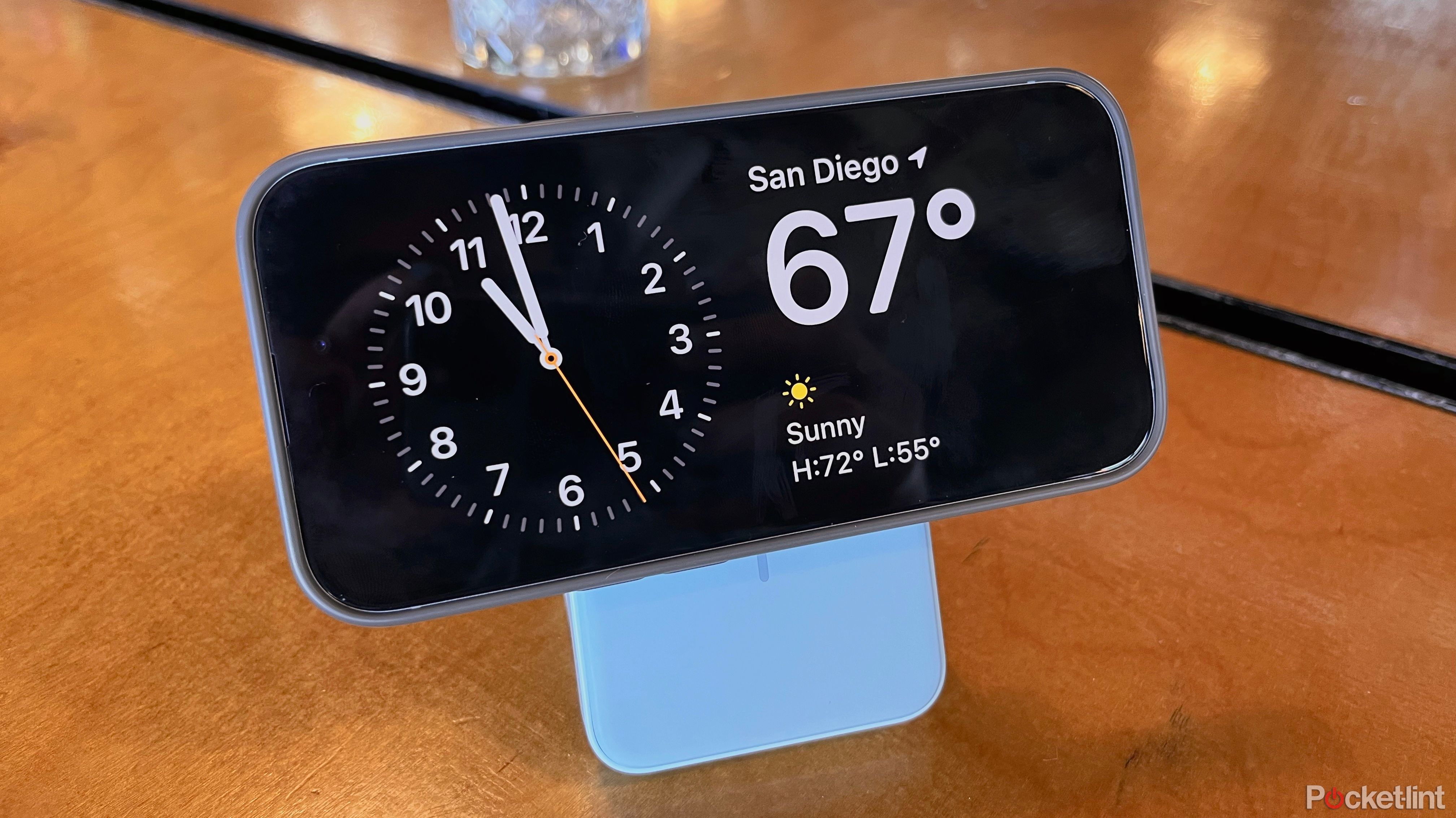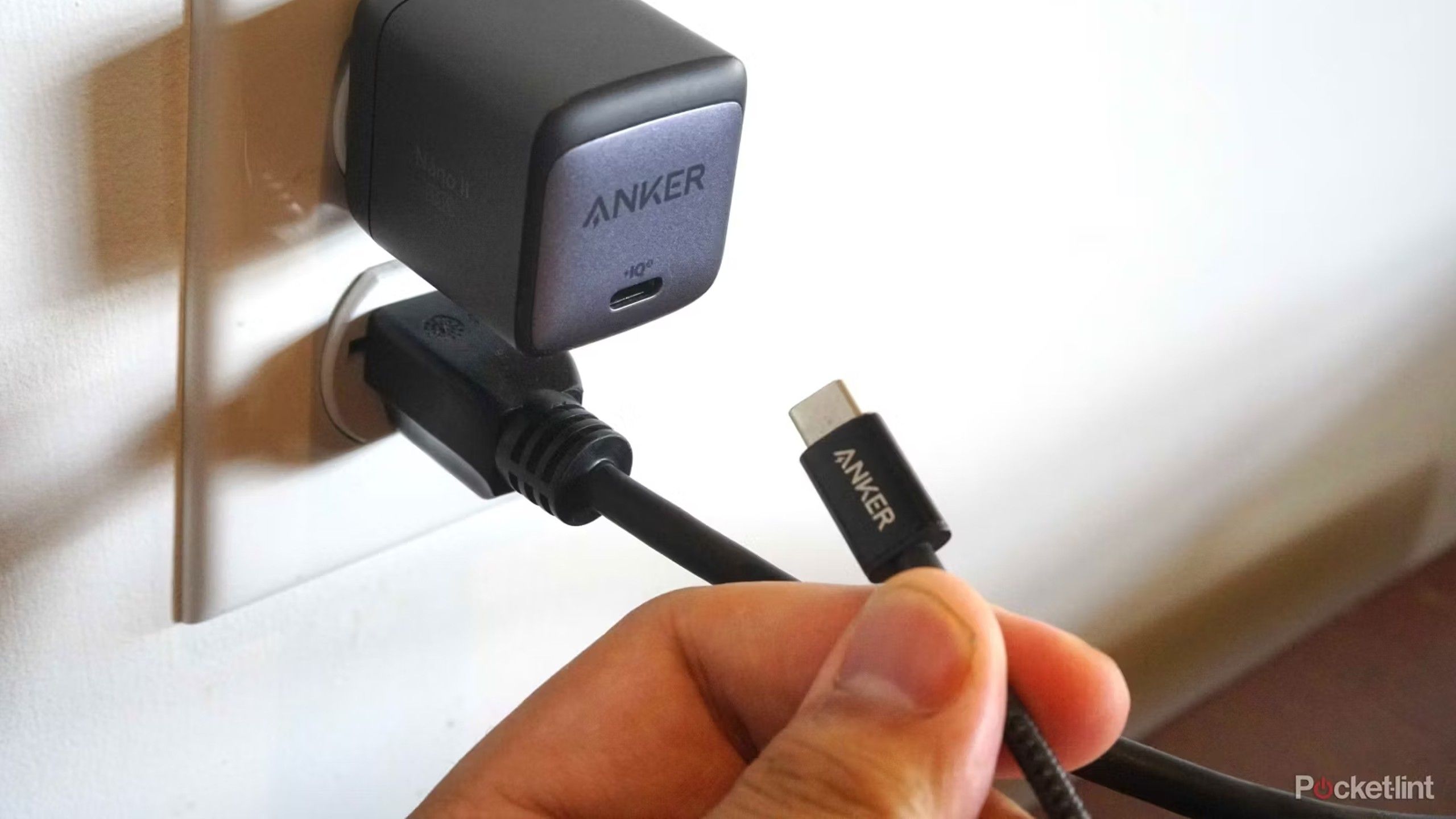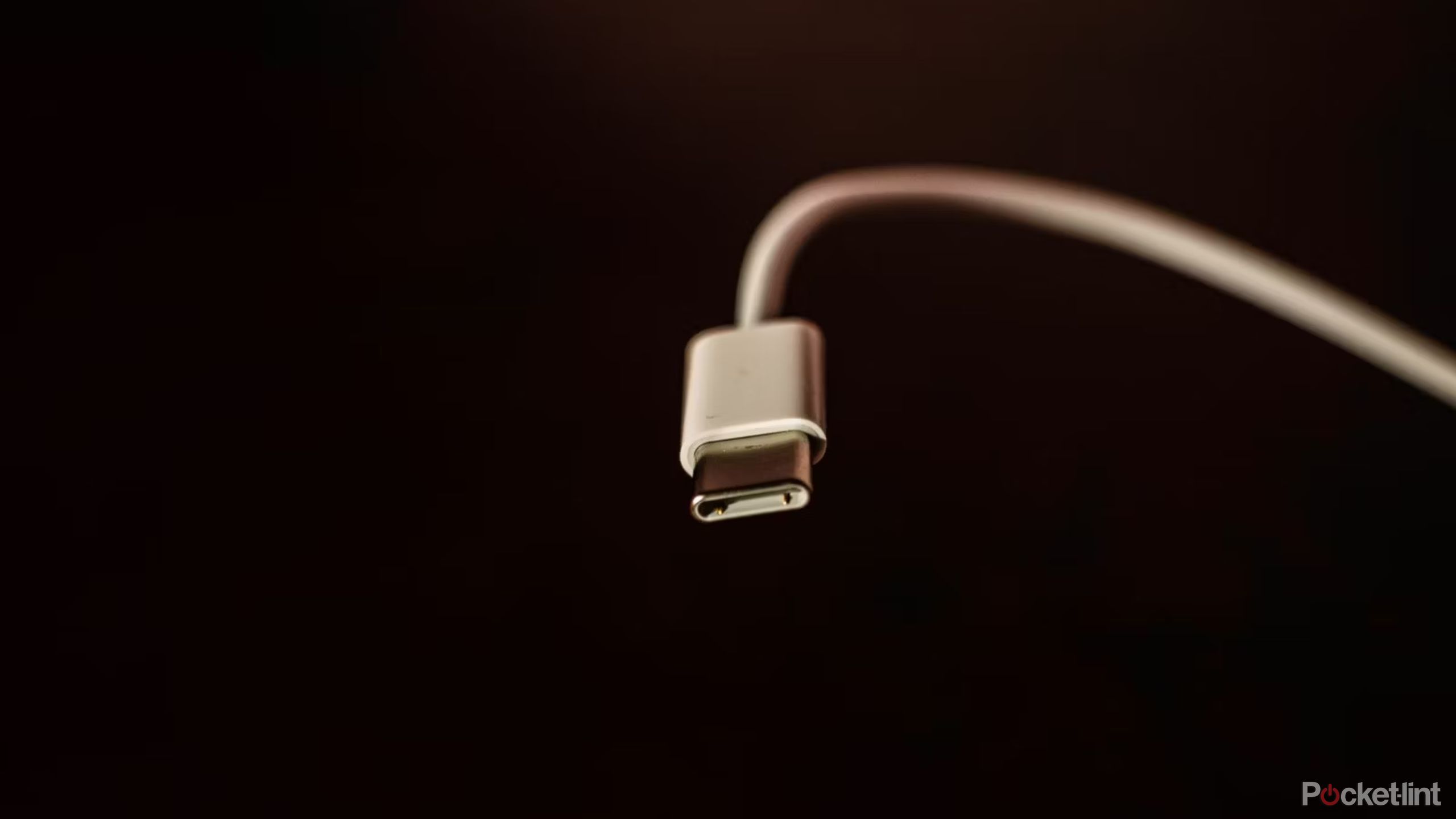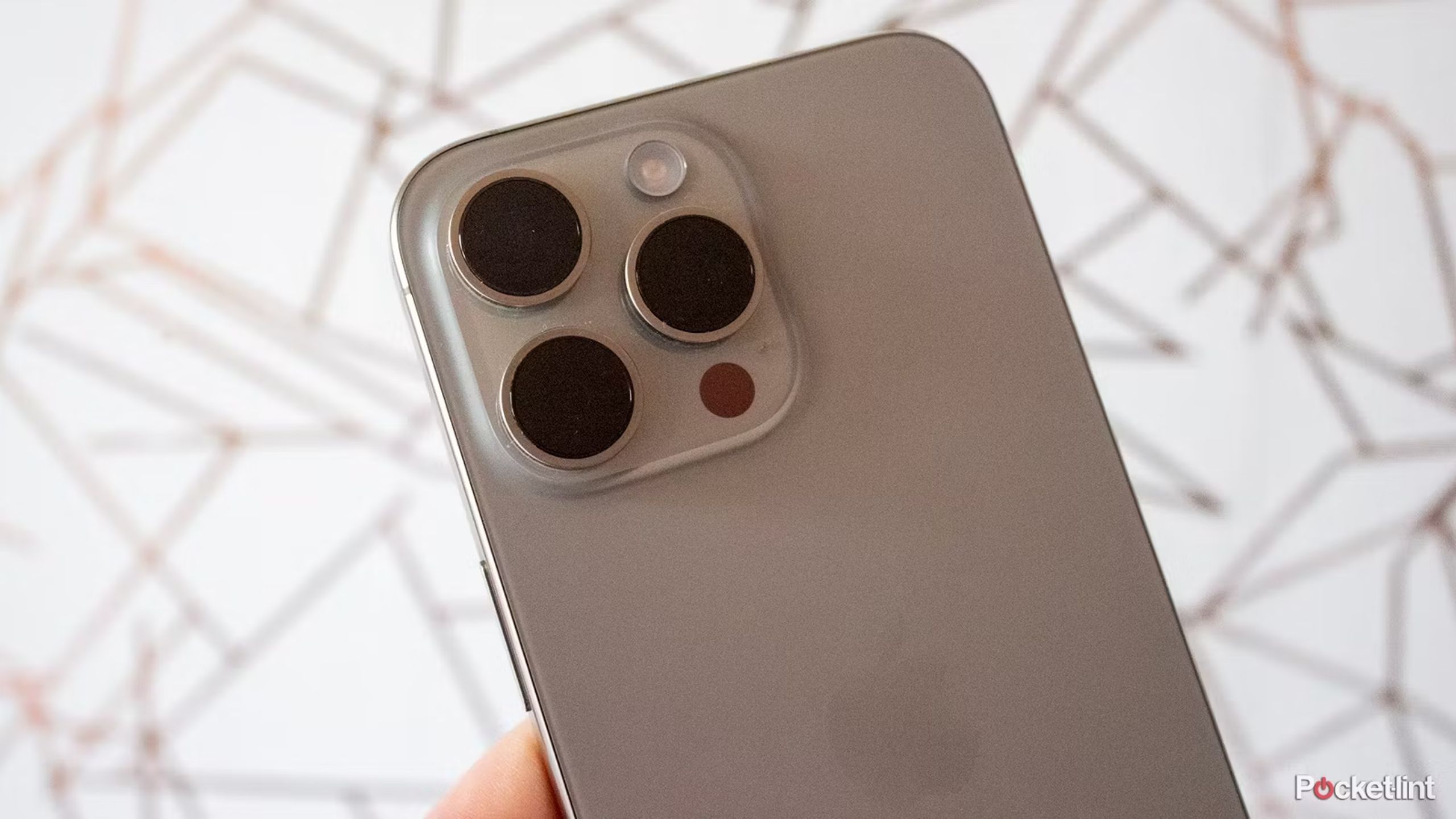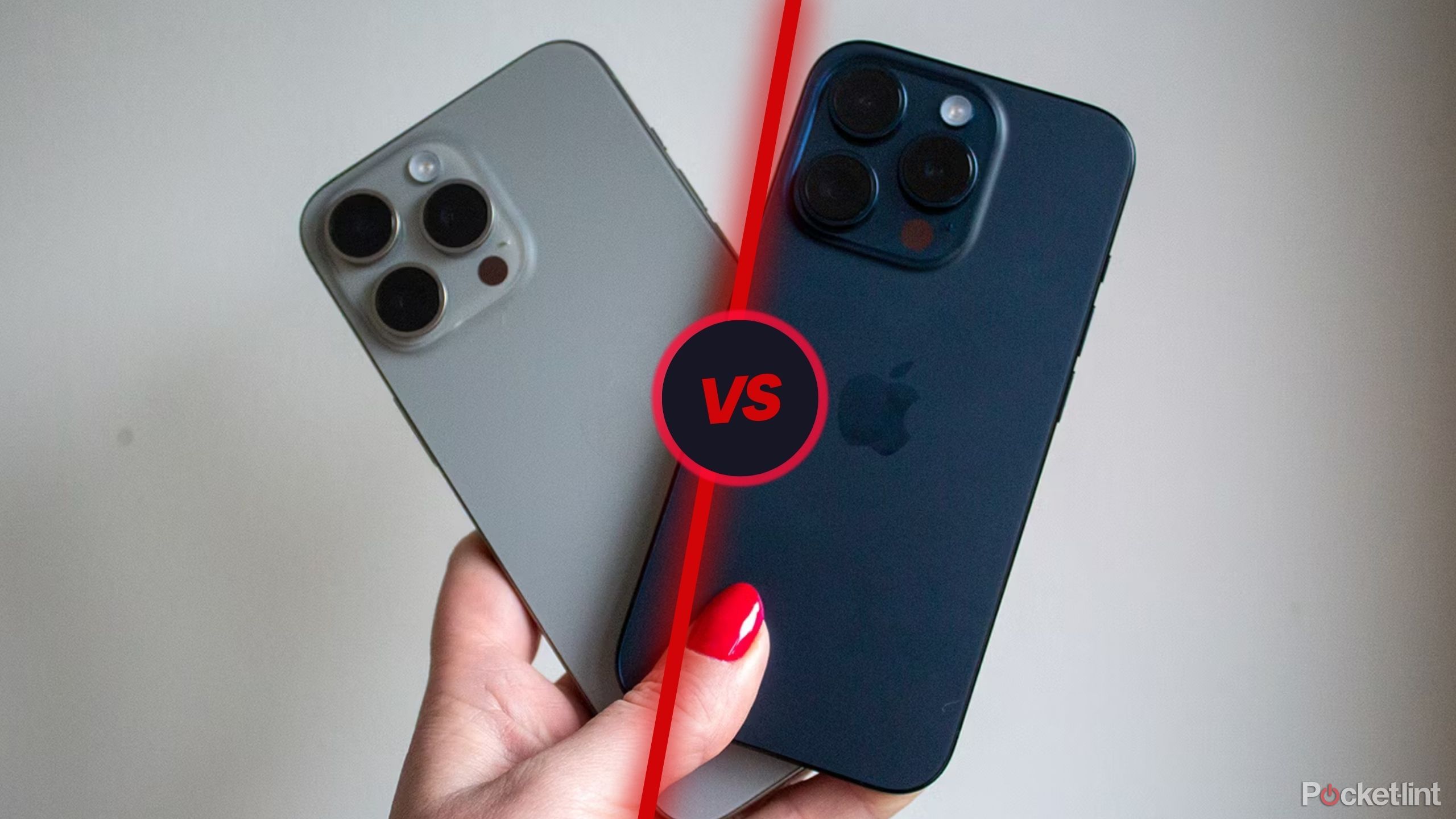Key Takeaways
- Apple needs to address the antiquated 60Hz display refresh rate still present in its iPhone 15 lineup.
- Apple’s charging speeds are relatively slow compared to its competitors; the industry offers options including 150W for faster charging.
- Non-Pro iPhone models are stuck with USB 2.0 speeds at 0.48 Gbps, which makes transferring 4K video files a grueling task.
Apple’s current flagship lineup of smartphones — the iPhone 15 and 15 Pro series — are perhaps its best devices to launch in recent memory. The long-awaited debut of USB-C charging, faster silicon, and upgraded camera hardware make for a powerful and competitive package.
Of course, this isn’t to say that Apple can afford to sit on its laurels. The competition on the Android side is fierce, and there are plenty of improvements to the iPhone formula that would further improve the product’s desirability.
5:57
Have an iPhone 15? Here are 15 features you need to know
From taking advantage of the Action Button to some fancy Photoshop-like tools, you want to know how to use these iPhone 15 tips and tricks.
Here are five such improvements to the iPhone that I’d welcome with open arms.
1 The death of 60 Hz display panels
The base model’s slow refresh rate is getting long in the tooth
If you’re willing to shell out the cash for an iPhone Pro, you’ll be treated with a variable refresh rate display that can modulate anywhere from 1 Hz to 120 Hz. If you spring for the non-Pro model, on the other hand, you’ll be stuck with plain old 60 Hz.
Other smartphone manufacturers have offered fast 90 Hz, 120 Hz, and even 144 Hz refresh rates for a number of years at this point. In fact, many midrange Android phones now ship with 120 Hz panels as standard. For the price point of a non-Pro iPhone model, you’d expect 90 Hz or even 120 Hz — yet it’s conspicuously absent.
It’s true that not every consumer notices the difference in display smoothness offered by a higher refresh rate, but the underlying tech is now affordable enough to be included on all iPhone models. Plus, it would help get the Always On Display and full-fledged Standby mode functionality into more people’s hands.
2 Faster charging speeds
At around only 25 watts, Apple is seriously outclassed by its competition
Apple infamously dragged its heels in adopting quick charging technology, phasing out the 5W speed limitation years after its competitors did so. These days the iPhone charges at around 25W, with the iPhone 15 quoted for “up to 50% charge in around 30 minutes,” according to the company.
Major US competitors like Samsung and Google offer somewhat similar charging speeds, with flagship offerings ranging from around 25W to 45W. But the industry is pushing forward with major Chinese competitors leading the pack.
Capable of providing a full charge in less than half an hour, 100W, 120W, and even 150W options are available on the market overseas. There is concern that these extremely fast charging speeds might damage the health of your phone’s battery at a quicker pace, but there are preventative measures to counteract this problem.
Apple, for its part, has introduced additional battery health optimizations across the entire iPhone 15 lineup. We’ll have to wait and see if the company can successfully strike a balance between speed and battery longevity in future iPhone revisions.
3 Faster data transfer on the non-Pro models
USB 2.0 speeds really ought to be phased out entirely
With Apple’s highly-publicized switch from its proprietary Lightning connector over to the universal USB-C standard, many of us were hoping that we’d get faster transfer speeds to go along with the new port.
The Pro iPhone 15 models received precisely this capability, as they’re able to transfer files via a compatible cable at 10 Gbps. Unfortunately, the non-Pro iPhone 15 models are left in the dust, clinging on to the downright archaic transfer rate of 0.48 Gbps.
Apple should standardize the 10 Gbps speed across its entire lineup. Sure, most consumers don’t transfer files or back up their iPhones using a hard-wired connection on a regular basis, but it’s also true that 4K videos and 48MP photos transfer unbearably slowly at 0.48 Gbps.
4 Less offensive camera humps
The current design is something of a monstrosity
The rear-facing camera arrangement on the iPhone 15 lineup is eyebrow-raising to say the least. It certainly does its job of conveying the iPhone brand, but I find it to be just as iconic as it is unappealing. This is particularly true on the Pro iPhones, which feature 3 camera lenses as opposed to the 2 on the non-Pro models.
The current design was first introduced back at a time when camera humps were smaller across the board. With smartphone optical hardware growing so large, the design language simply isn’t scaling up well.
From a technical perspective, the iPhone 15 series’ camera hump is impressive, but it suffers from being visually cluttered. It also causes wobble when laying the iPhone flat on a desk, even with a case slapped on it.
Apple could, and should, take inspiration from its competitors here. The camera layout of Samsung’s current smartphone lineup is minimalist and pleasant to the eye. Google’s phones are better still, with distinct visor designs that prevent the units from rocking back and forth on a table.
5 Feature parity between the Pro and the Pro Max
You shouldn’t be penalized for choosing the smaller iPhone Pro
The iPhone 15 Pro might have Pro in its name, but it unfortunately doesn’t come with the same zoom camera as its larger sibling, the 15 Pro Max. If you spring for the more compact of the Pro models, you’ll be getting a 3X optical zoom as opposed to the 5X on the larger model.
It’s fair to point out that fitting a larger zoom camera into a physically smaller phone introduces additional engineering complications. But, I’m a believer that there shouldn’t be a sacrifice of high-end features on a high-end iPhone Pro, whether at the 6.1-inch form factor or otherwise.
The 3X optical zoom remains a perfectly serviceable focal length — some argue it’s the superior choice for portrait photography — but I can’t shake off the feeling that I’m getting a compromised Pro experience by not opting for the massive 6.7-inch Pro Max model.
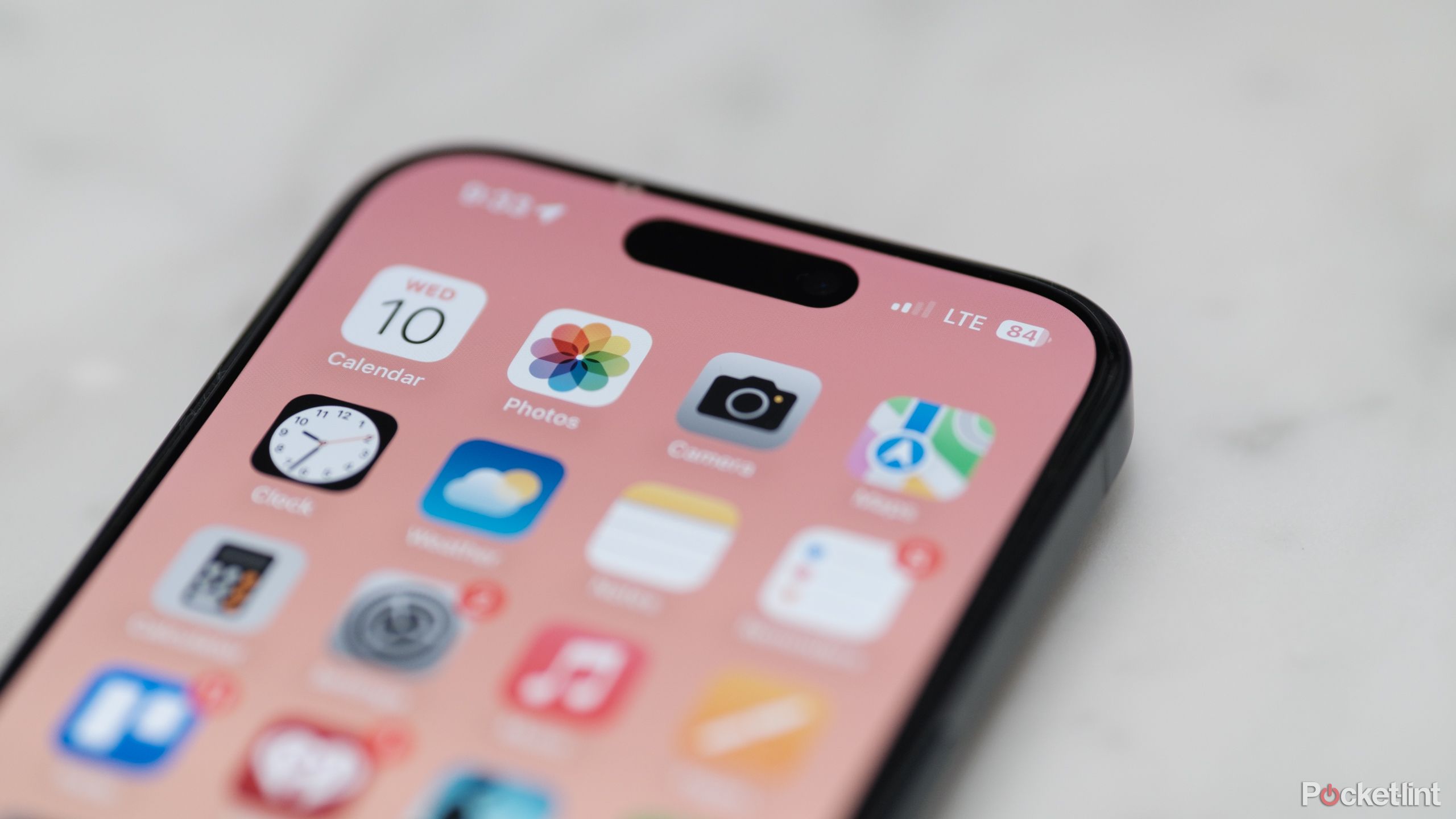
6 iPhone features I desperately want Apple to add in iOS 18
With iOS 18 on the horizon, my fingers are officially crossed.

Alex Mitchell is your go-to expert for all things mobile. With a passion for the latest smartphones, apps, and mobile innovations, Alex provides in-depth reviews, insightful analyses, and breaking news about the ever-evolving world of mobile technology. Stay connected with Alex to navigate the fast-paced realm of mobile devices.

